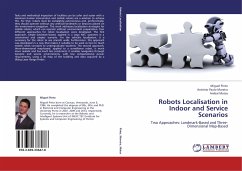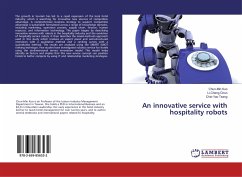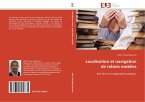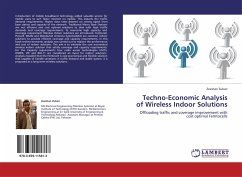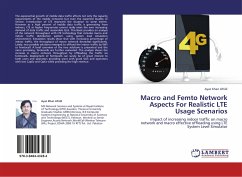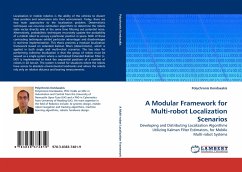Tasks and methodical inspection of facilities can be safer and easier with a minimum human intervention and mobile robots are a solution to achieve this. For that, robots must be completely autonomous and, preferentially, they should operate without any artificial landmarks or beacons placed on the environment navigation. This work addresses localisation strategies for mobile robots, which can operate without environment preparation. Two different approaches for robot localisation were developed. The first approach, simple landmark-based, applied in a Lego NXT, operates in a constrained and simpler scenario. For the vehicle's localisation, it is necessary for the robot to see smooth walls. Furthermore, this approach was developed in a way that makes it suitable to be used as tool to teach mobile robot concepts to undergraduate students. The second approach, three-dimensional map-based, applied to a surveillance robot, is much more realistic and has much less constraints. It enables navigation through dynamic and service environments, with low computational power requirements, using a 3D map of the building and data acquired by a tilting Laser Range Finder.

